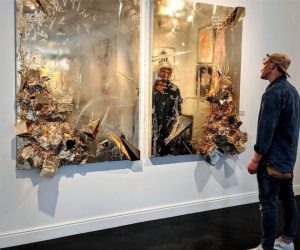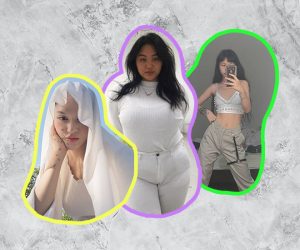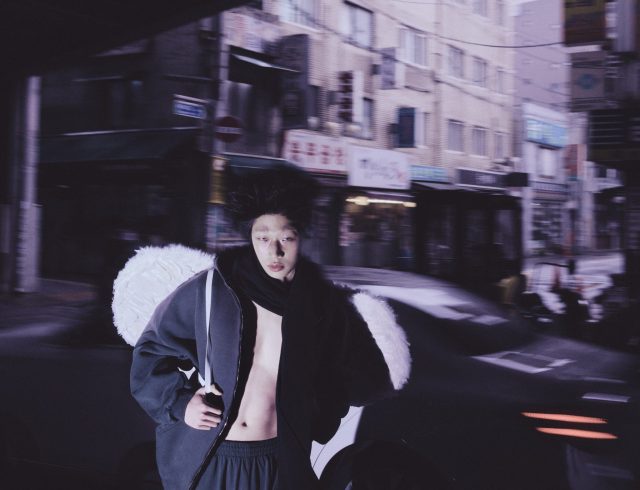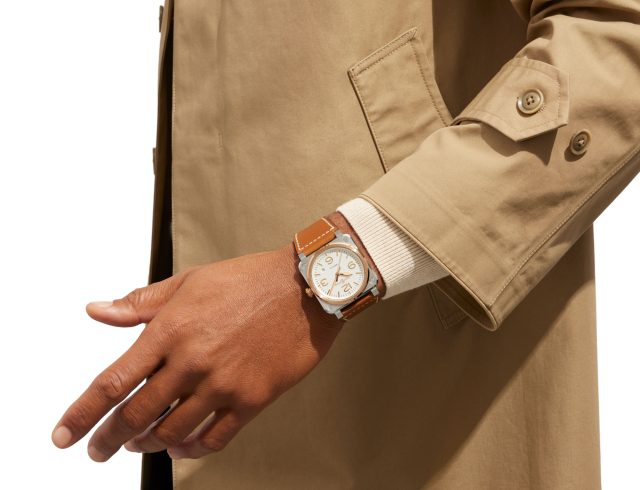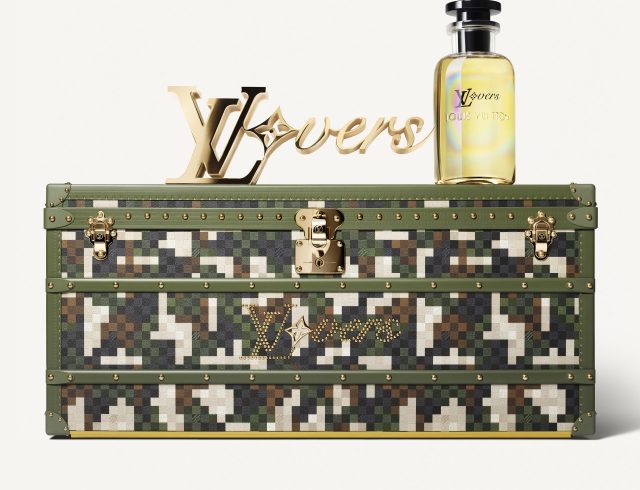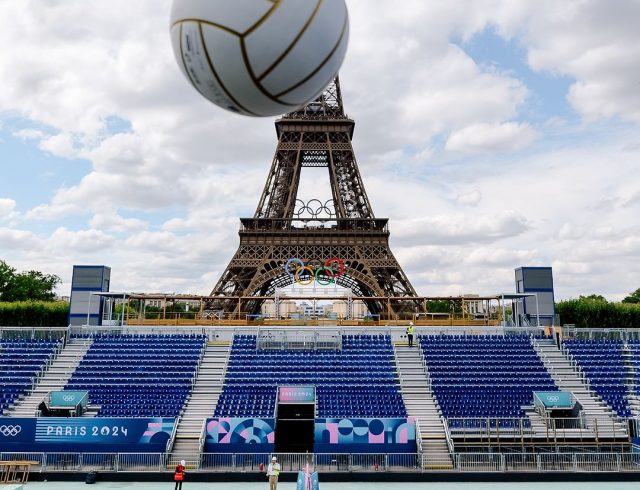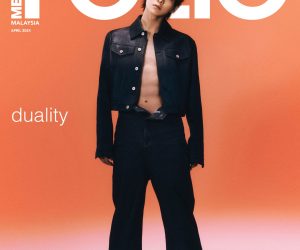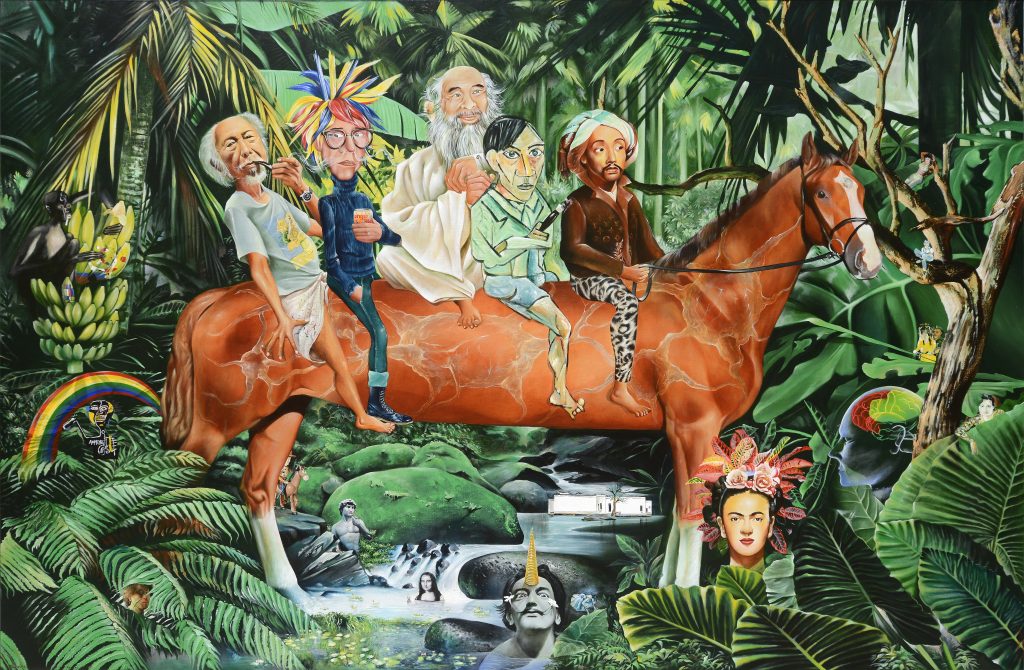
As a contemporary artist, living and working in Yogyakarta, Indonesia, Lugas Syllabus is highly revered for his paintings and sculptures; His work addresses the ironies and contradictions in modern and contemporary society. Drawing inspiration from a variety of mediums, Syllabus’ work often incorporates elements of pop culture, media and technology; coupled with memories and folklore. Armed with an undergraduate degree in painting from the Institut Seni Indonesia (ISI) of Yogyakarta, Lugas Syllabus has participated in a multitude of artist-in-residency programmes in Passau, Germany; Brisbane, Australia and Singapore, with a selection of work showcased globally.
You grew up in Bengkulu, Indonesia, and are now established in Yogyakarta, the art capital. Tell us about your first steps as an artist?
I’ve loved art since I was a kid, and decided to be an artist since my senior year in high school after a visit to Yogyakarta with my family. It was my father and my uncle Idran Yusuf, who were both artists as well, who showed me ISI (Indonesia Institute of Art at Yogyakarta). Since then, I pushed myself to make many sketches and paintings every day, neglecting other subjects, in order to achieve the best results to qualify for admission into ISI.
You seem to take inspirations from very diverse sources – pop music, television series, movie posters, even video games – how would you describe your style?
I love storytelling, describing through painting, explaining with poetry, and using my own daily life for inspiration.
Your art is vibrant with vivid colours and a palette of images sampled from domains as diverse as nature documentaries, art history and religious icons. Tell us more about the “psychedelic imagery” you are using and the “hidden” messages you seem to be trying to push across?
I like to push my art beyond galleries, fairs, auctions and collector walls. I’m happy if it appears in the public space and is given more attention and contribution. I began expressing myself using hidden messages after I showcased Davinci Codex in Milan during my residency in Europe 2012 and also Goya’s Paper in Madrid. I’m working on my own paper now about the sign and I’d like to keep my upcoming ‘hidden message’ a mystery.
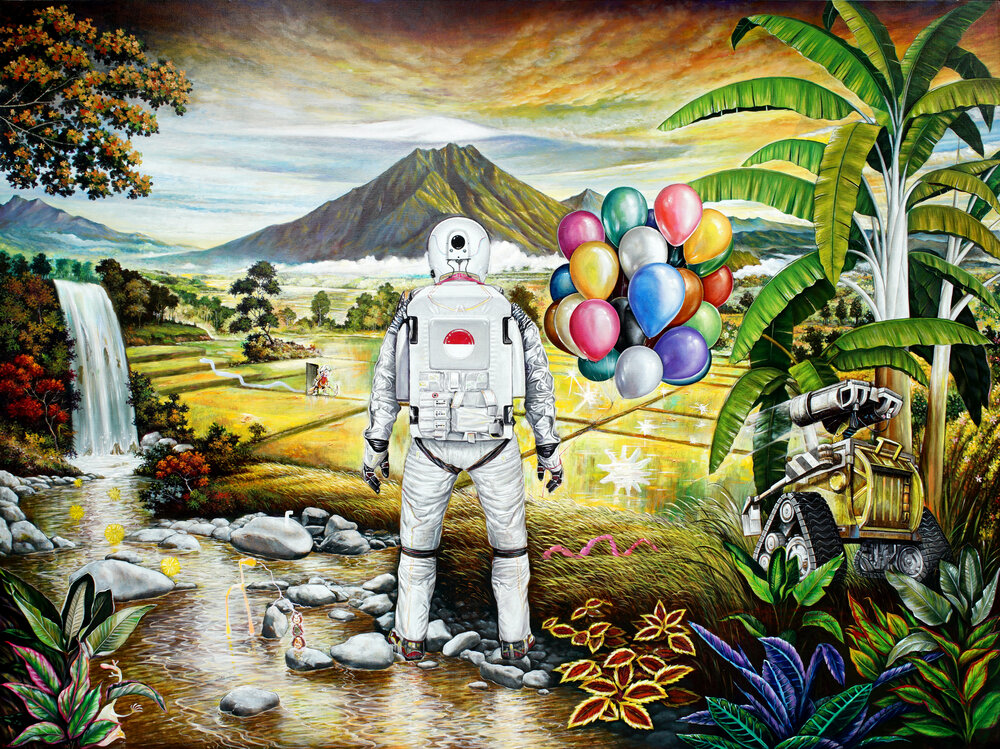
Lugas Syllabus, Better Land for a Better Home, 2019 – 2020. Acrylic, gold leaf, decorfin on linen. 150 x 200 cm. Exhibited ‘where the sidewalk end’ Chan+Hori Contemporary. Collection of Mr. Aaron Teo.
A lot of your work deals with a sociological observation of societal power structures. Your work also contains political themes (your large-scale artwork “Golden Limousine in the Heaven of Art” or “Golden Prayer” for instance). Do you see yourself as an “engaged” artist?
You are right. I feel an artist should engage in political themes but should not be controlled by it. We describe him as a “knight of social betterment”. This knight considers himself a hero who has given over the meaning of life to his God, he lives focusing on the delight of his extended family and thrives on a just society; he is the one who rallies to drive mankind towards a more beautiful and noble world. I try to work on my own beliefs as well, I want to live a meaningful life for my God also. I believe if society is organised cooperatively, socioeconomic resources can benefit all, there would no longer be corrupt governments as dirty politics would vanish and there would be no more racism. Like in Golden Limousine: I dream of myself driving with my heroes like Michelangelo, Leonardo da Vinci, Raden Saleh, Picasso, Chang Ta Chien, Warhol, Affandi, to name a few. Therefore, with no more racism, no need for power. There would be no additional burdens on a citizen’s obligations to society.
Your primary medium of expression is through painting and sculpture. How do you decide which media to use over others?
The concept or story controls the medium. I also like to work across media, for example, in my work ‘royal wedding series’, I made a bridal stage and photo booth contest. In this work, the audience and space are both equally important.
What is the most challenging aspect of creating your artwork?
To make it similar to my imagination…, there are limits to the material but no limit on my fantasies…
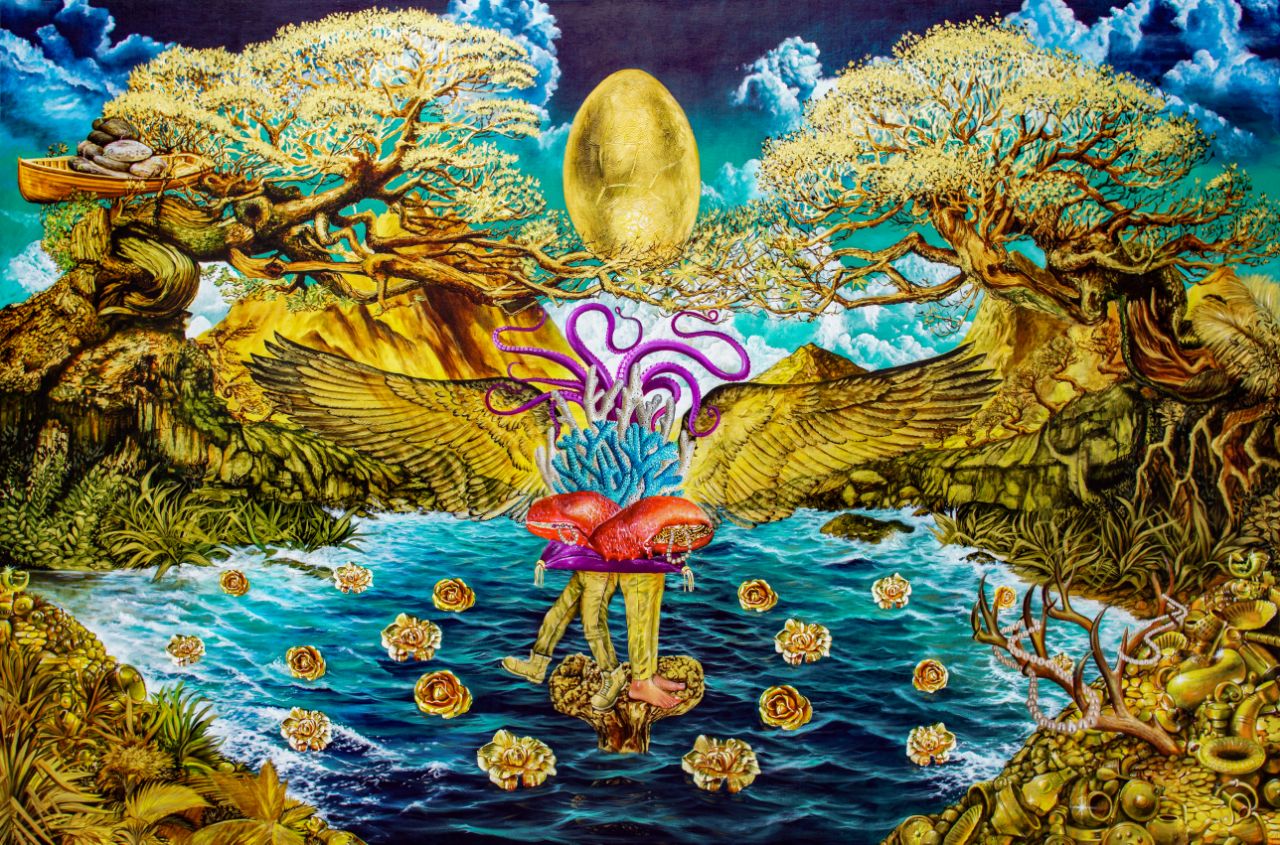
Forbidden tree and the Golden Age. Acrylic, Gold Leaf on Linen. 200cm x 300cm. 2017.
Exhibited at ‘Lugas Syllabus Solo show’ tomorrow must be better. Art021 Shanghai, Element art Space. 2017. Collection of Micky Tiroche.
You have collectors around the world. You are referenced amongst the leading global art websites. What does such recognition inspire in you?
As Warhol said if Art is a business make a good business, Art Business is more about trust and joy of process. I make many mistakes but I keep learning and I want to enjoy my progress and I don’t want to stop learning.
How do you view the current art scene in Indonesia? How important is the space given to artists in modern Indonesian society?
The Indonesian art scene has made good improvement but it needs more support from the government and art collectors. In Indonesian modern society, artists have more wide space, as they work across many disciplines. But we also need to give more support for artists and Art Promoters (curator, gallery, dealer etc) who try to push their careers onto international platforms, and we promote Indonesian art globally as well.
The five words that best describe your art?
Theatrical, Landscape, Poetry of Hope.
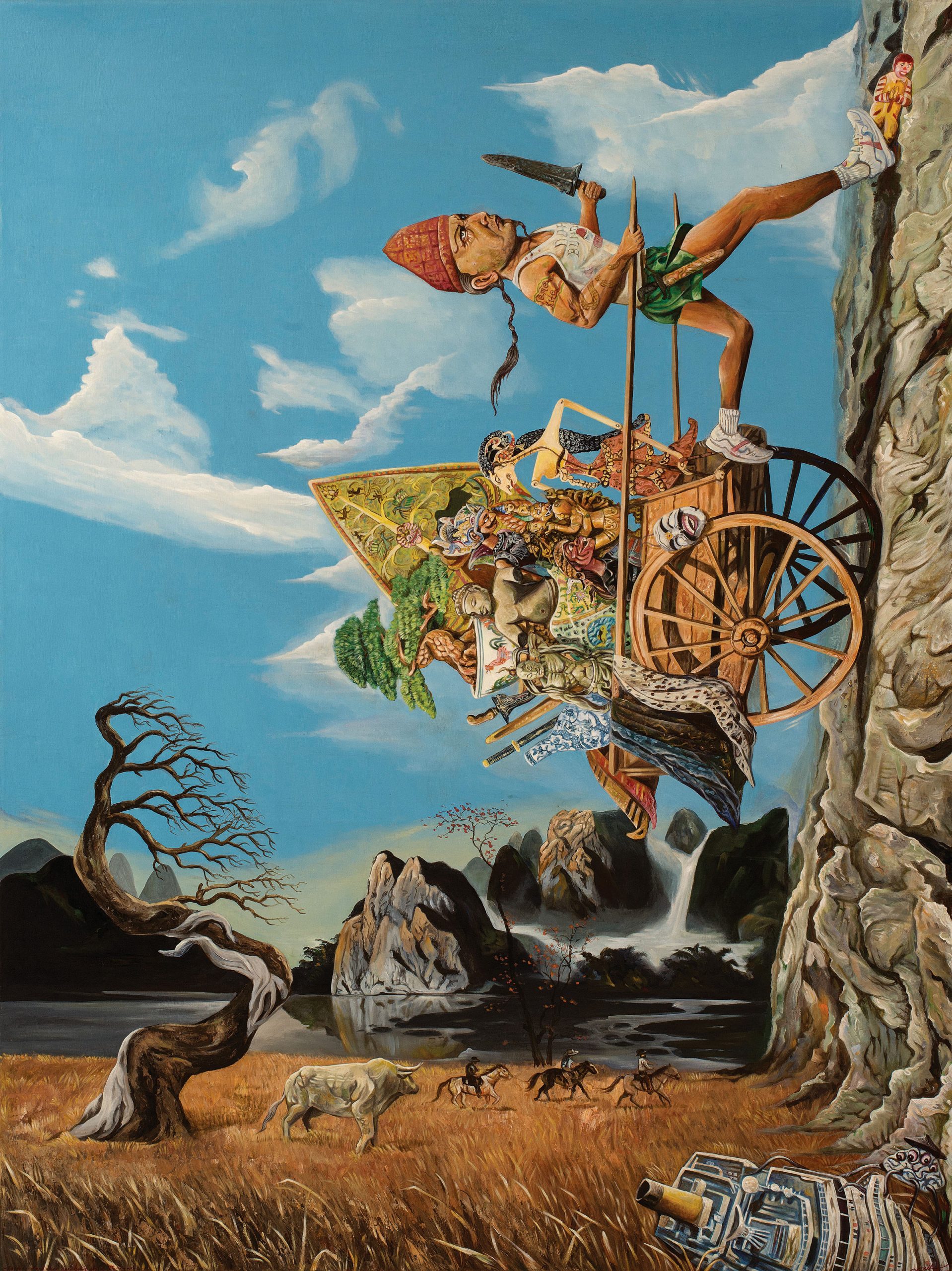
Legenda Pendekar dari Bukit Asia. 200cm x 150cm . Acrylic on Linen. 2014. Collection of Mr. Kevin.
In which city can we expect to see your next solo exhibition?
I am working on some plans for a solo show with galleries overseas, perhaps China since it’s the closest. Since my successful sold-out solo show at Art021 Shanghai and Museum show at Nanjing, I keep in contact with China Collectors, Curators and Art Friends, and am happy to still sell some work to them even during COVID.
Where can we see some of your work online, are these for sale?
You may find my work on Ocula, through selected auctions at Christie’s, online galleries such as Chan+hori and on my personal page. There are artworks for sale, some are collection, while some are only for visual documentation.
You are a very sociable person, far from the cliché of an introvert artist. Who are your best artist friends on the Indonesian art scene?
I have some art friends that often get together in my studio. My studio has a ‘Joglo’ cottage where we drink coffee and discuss art. I don’t want to name names in case of envy, but they are all good friends who inspire each other but there are also some friendly rivals. We like to debate art. Sometimes the debates get a little salty…and it becomes never-ending, continuing up till late at night. I find that they are all smart but not as genius as me…so I leave them to go to sleep. Sometimes they stay until really late and in the morning. I start work in the morning, I heard a story about them from my studio assistant while they were all still sleeping. I really enjoy listening to stories while I’m painting and drinking coffee, especially when I feel like I’m the winner of night’s debate.
If you were to name one mentor who has inspired you in your life and path as an artist, who would that be?
It would be my father who taught me how to sketch and write. But I also like Goya as he can put his hidden message in his work and show his feelings in many situations. In Indonesia, I like S Sudjojono as he can show the true colour of Indonesian Art from his era. But I want to be more than they are, I want to talk about history, the present and the future, that’s why I put no borders on my art.
By Julia Roxan



